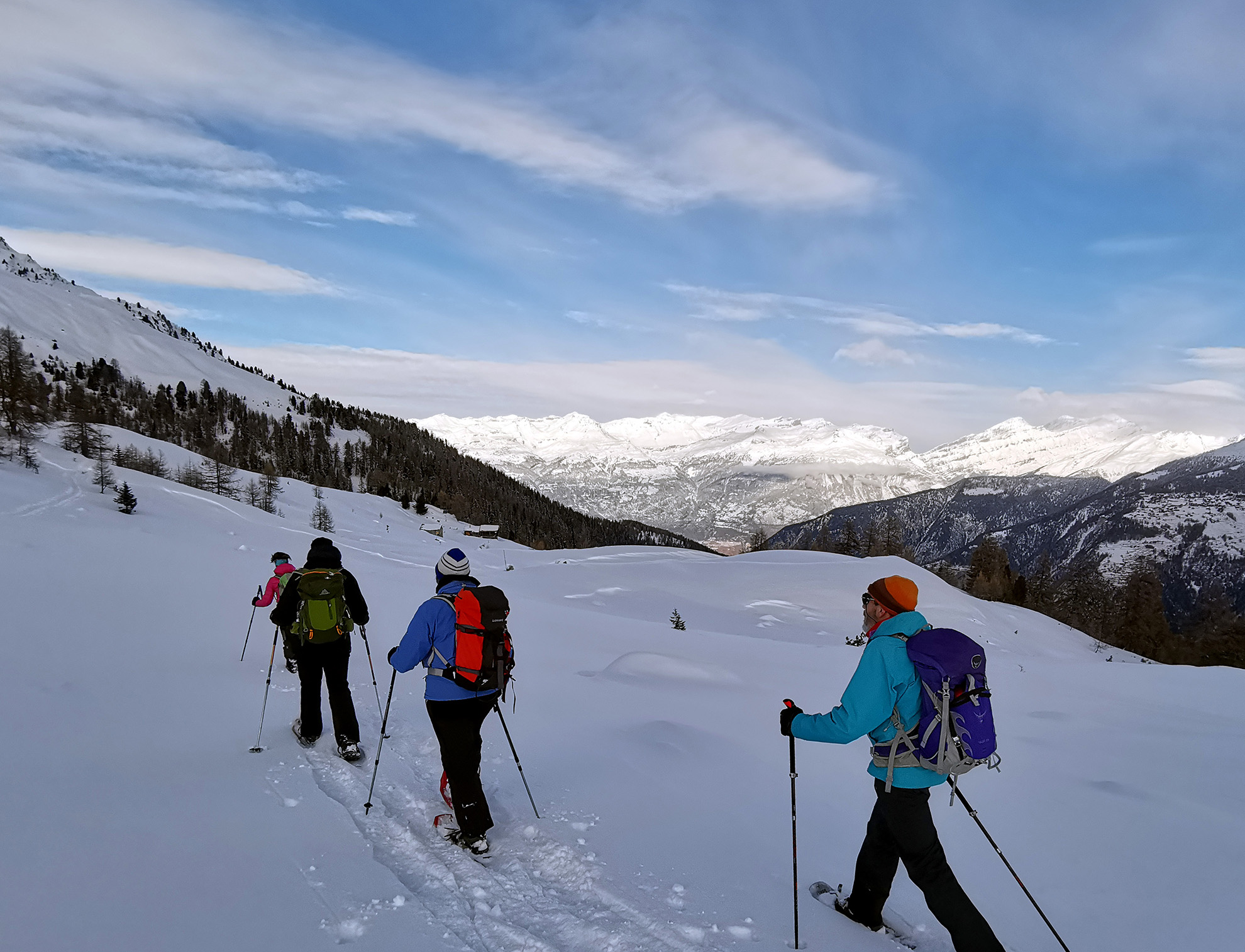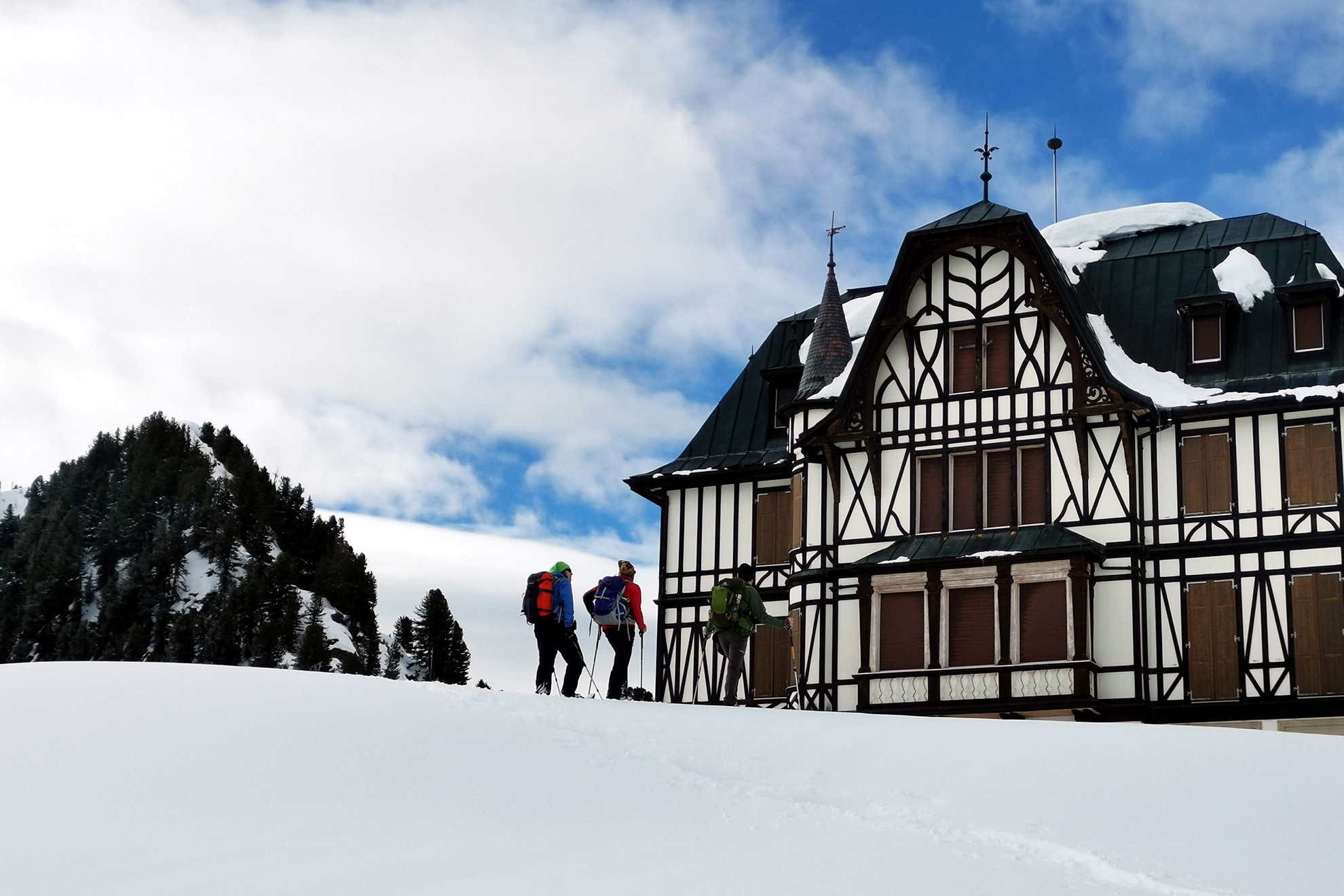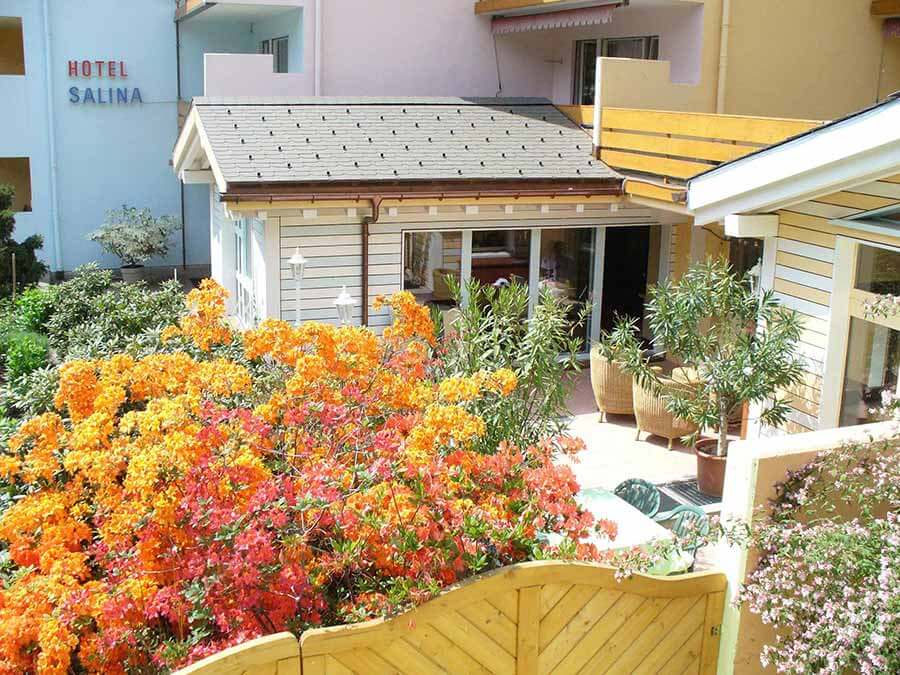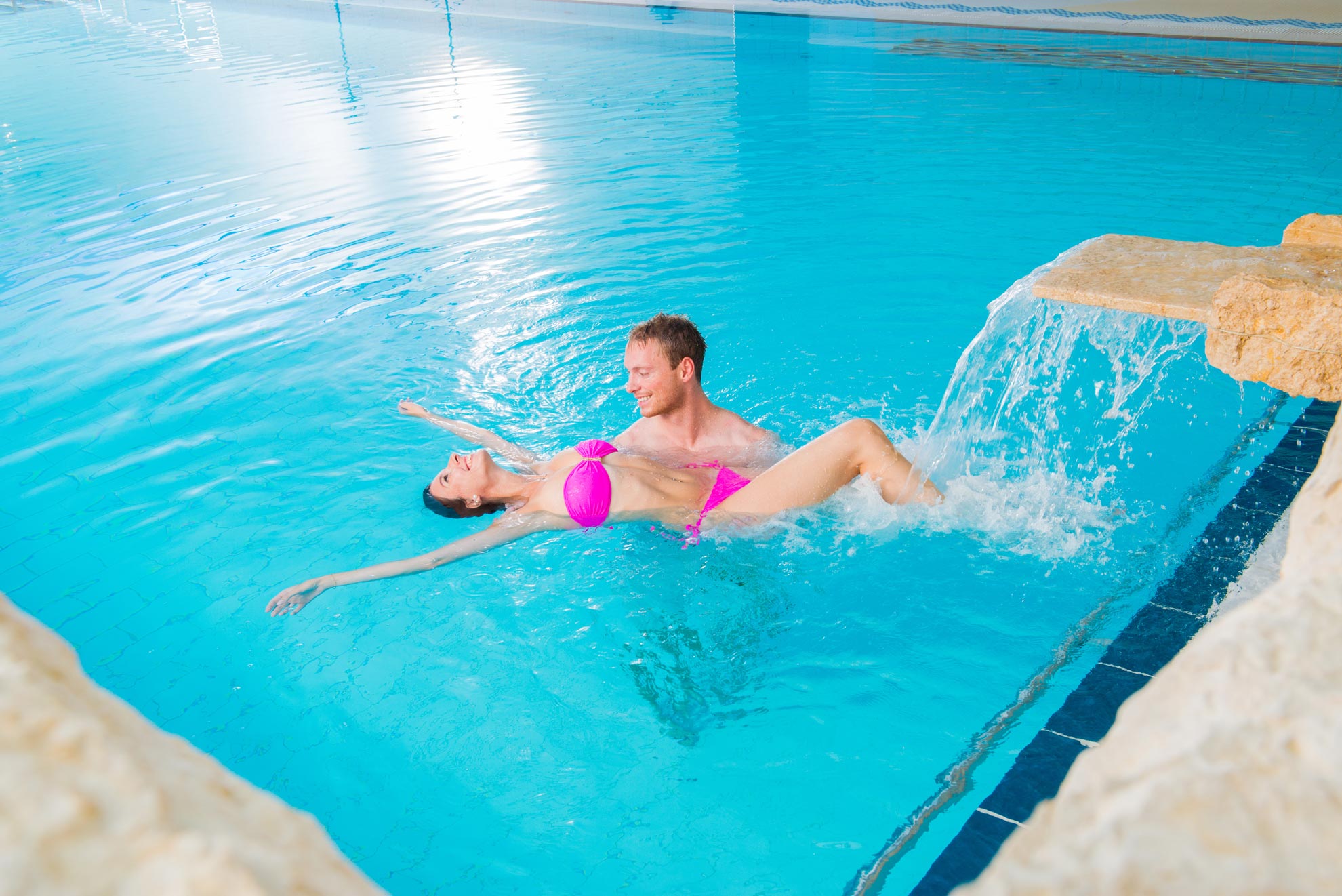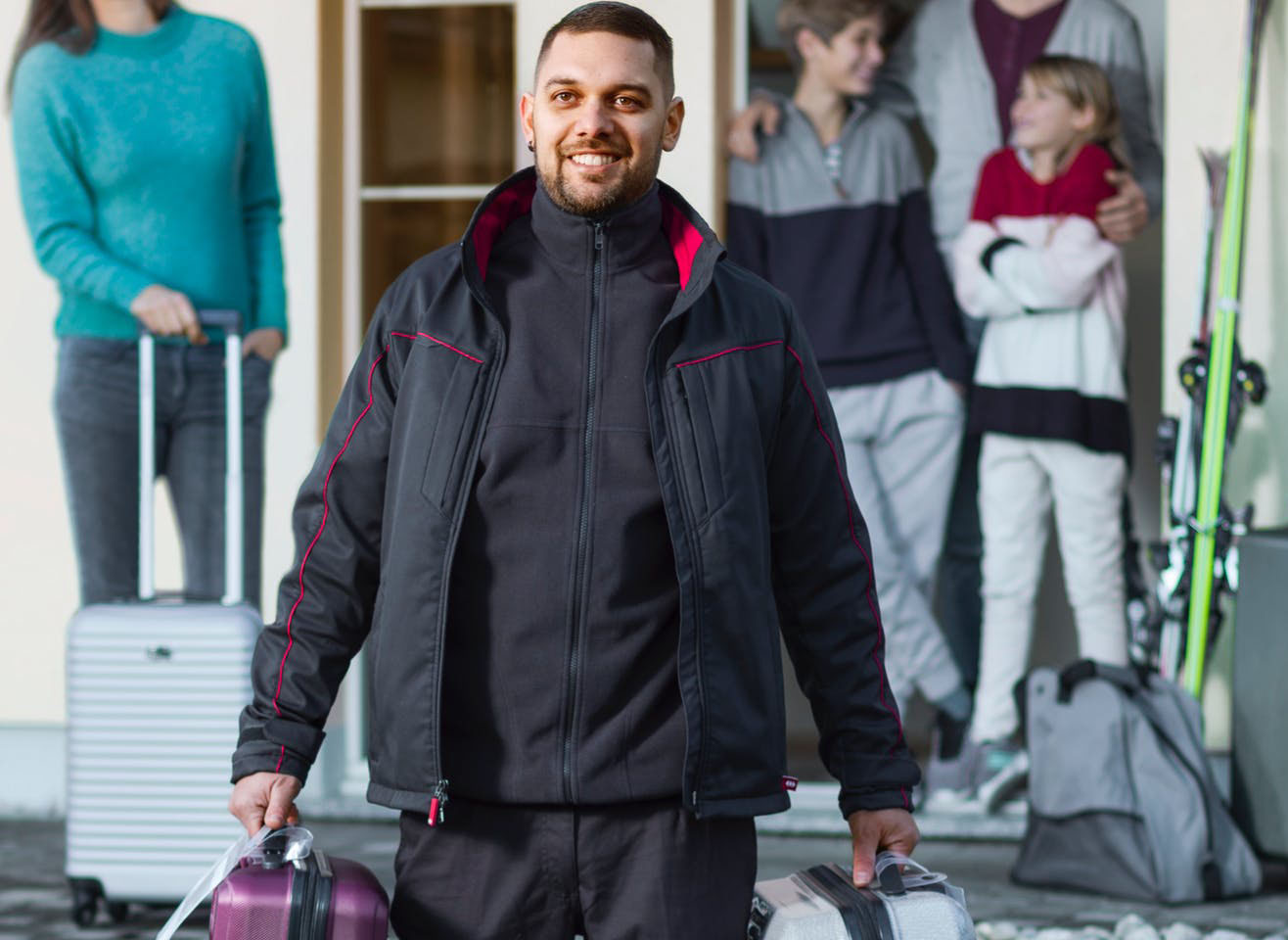This year, many Swiss will probably have to do without their usual "winter vacations". To fly to the warmth, to tank sun and warmth and to escape from the foggy weather in Switzerland might become probably difficult in this Corona winter.
WRONG: there is also the possibility in Switzerland to escape the fog, to tank up on sun and warmth and to experience many new things! If you don't believe it, then just read on.
Valais - the sunny place in Switzerland
Escape the grey and feel the sun's rays on your nose: Valais promises its guests over 2000 hours of sunshine per year, making it the sunniest region in Switzerland. The reason for this can be found in the geographical location of our valley. The Valais Rhone Valley and its many side valleys lie in the middle of the Alps. This is a natural protection against the moisture masses from the north and south. The clouds coming from the north and the south rain down on the ascent to the peaks of the Valais and Bernese Alps. The remaining wind then reaches the Valais as a dry, warm air stream. And there a virtually Mediterranean climate awaits our guests.
If you have ever been to Valais, you may have noticed that this mountain valley not only has a lot of sunshine but also a brighter light. It is striking. Even if you set off in the Swiss midlands and bright weather accompanies you even before you reach the Lötschberg tunnel: after crossing the Lötschberg, the sun dazzles a little more, the colors shine a little brighter and the visibility is a decisive bit better. This is thanks to the dry climate.
What we hardly know on the other hand in Valais is the fog. Surely it is possible that it is cloudy at times. It also happens that while skiing you go directly into the clouds and you can't see your hand in front of your face. But then you just take the cable car and go over the cloud cover and enjoy the wonderful view of the sea of clouds, e.g. on the Eggishorn. Or a wind comes up - one of the 'oldest Valaisans' - and drives away the unpleasant, cool swaths in a short time.
Another phenomenon are the small-scale weather chambers. The main valley of the Rhone and the many side valleys branching off from it often have a completely different weather. When it is cloudy in one place, the sun shines a few kilometers away. Very good, local weather forecasts are offered by the "Walliserwetter" from rro.ch. But of course, you can also simply ask at the reception of the Badehotel Salina Maris and benefit from our experience.
Adventures in winter
Winter is not only skiing! Of course, the Aletsch Arena offers over 100 km of downhill slopes. Of course, the Gomsvalley offers over 100 km of cross-country ski runs. But there are also plenty of winter hiking trails: in the Aletsch Arena there are 72 km, in the Goms valley even over 78 km. And then there are the winter hiking trails on the Simplon, on the Moosalp, on the Belalp, on the Rosswald and the Wasenalp and and and. All of them are well signed, regularly groomed and also monitored. Often you will find cosy taverns along the paths, where beautiful sun terraces invite you to stay and have something to eat. A highlight is certainly the hike - or excursion - to the Aletsch Plateau. The cable car will take you up to 2000, 2500 or even 2927 m (Eggishorn). And from the viewpoints you are rewarded with a fantastic view of the Aletsch Glacier - the longest glacier in the Alps.
Snowshoeing (by your own)
Snowshoeing has become more and more popular for some time now. Strap your snowshoes under your hiking boots and off you go, either on well marked trails or - for the more experienced snowshoe walkers - cross-country (in this case it is advisable to inform the reception in advance in which area you will be walking). We would also like to ask you to be considerate of the game, which should not be frightened away in winter if possible, so that it does not use up its strength unnecessarily). With this aid, hiking in the snow is much easier. On the one hand you don't sink in even in soft snow, on the other hand you have a much better balance and a more reliable hold on the cold surface.
If you feel insecure, you can also join a hiking group. The Badehotel Salina Maris organizes 8 "snowshoe hiking weeks" every winter (and hiking weeks every summer). Here you will be looked after in small groups (usually 5-10, max. 14 persons) by experienced hiking guides. The program lasts 6 days / 5 nights. We will take you to different regions of the Upper Valais: to the Aletsch Plateau, to the Simplon, to the Goms. The hikes are relatively easy (3-4 hours) and extremely varied. Each participant will also receive an avalanche transceiver just in case. Snowshoes and walking sticks (if possible with large plates) can be rented on request.
Of course there is no such thing as bad weather - only bad clothing. Should you nevertheless wish an alternative program, we have put together some tips in a separate blog. Or just come by the reception desk. We will gladly advise you.
The warmth of winter
I already mentioned the sun at the beginning of this article. It is often amazing what power the sun develops in winter. If in January the temperatures in Breiten often rise above 10° C (50° F), the temperatures in February can be over 20° C (68 ° F). And if you walk in the sun over the white snow, it feels even warmer.
But you can tank up on real warmth in our thermal pool. The brine water has a pleasant temperature of 33° C (91° F). A dip relaxes, warms and also helps against sore muscles after an intense day, whether on skis, snowshoes or on foot. You can also warm up in the sauna and steam bath. And the massages offer the ultimate in relaxation: be it a back massage, an hour-long full body massage or the very popular Matterhorn Hot Stone Massage. At the top of the hit list, however, is Lomi Lomi Nui, a Hawaiian temple massage with lots of warm oil and long stroking massage movements.
And what is my "secret tip"? A lymph drainage! This application takes about 40 minutes. Our therapist focuses on the lymphatic system. As part of our immune system, it is responsible for fluid transport. Every day it transports 2 - 3 liters of lymph through the organism. This is a nutrient-rich tissue fluid. Lymph drainage always begins at the neck and collarbone. The starting point is not chosen arbitrarily. There are numerous lymph nodes in the neck and collarbone area, which also need to be treated. With a gentle surface massage, the affected areas are treated with light circular pumping, turning and scooping movements. The top priority in lymph drainage is to apply the correct pressure. Since the lymph vessels move relatively close to the surface, they can be easily pressed in and their lymphatic flow disturbed. All the more important is a low pressure.
Let yourself be surprised by this type of treatment!
